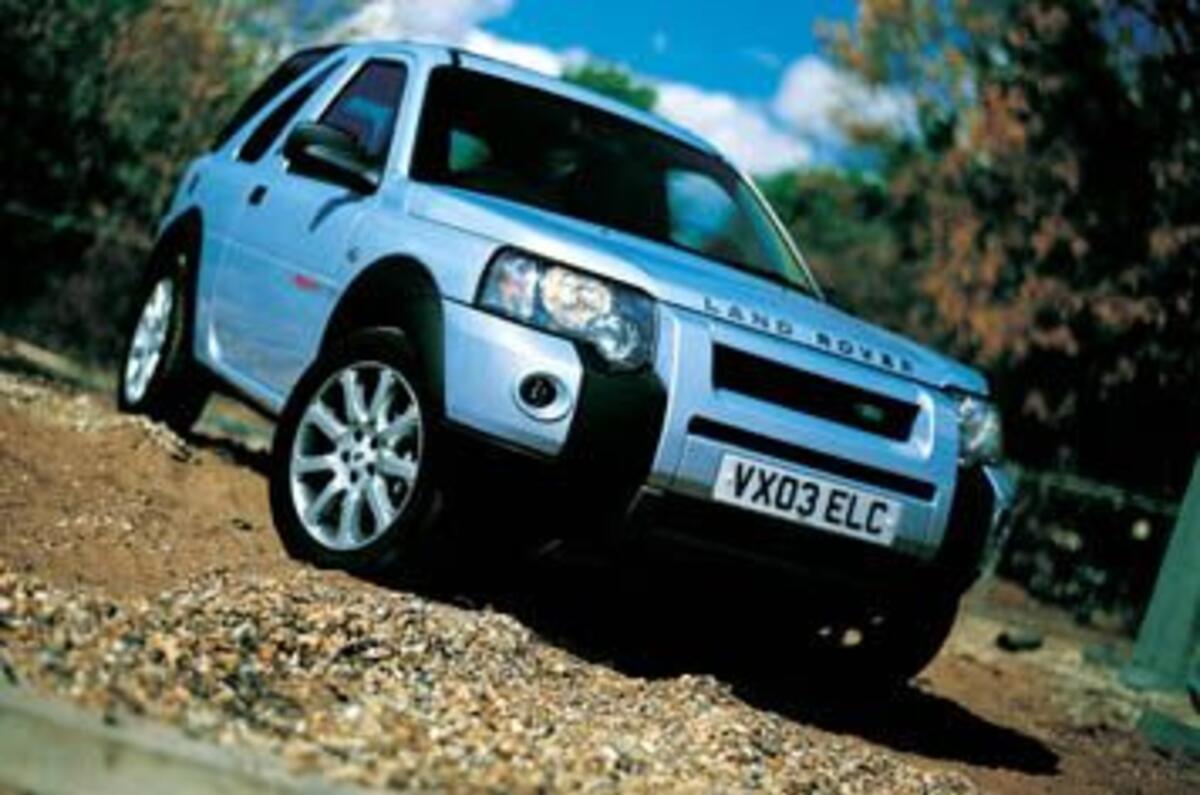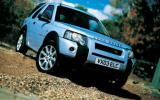The Land Rover Freelander still looks good, doesn’t it? Ever since that Range Rover-aping clamshell bonnet nosed its way into our showrooms late in ’97, it has remained the quintessential leisure 4x4. The one that still looks right whether in back-street Soho, on school runs or with a surfboard strapped on top.
It’s a lesson in getting it right first time and avoiding having to look back. Which is why we’re now just weeks away from Freelander phase two and, six years on, there hasn’t been a need for radical restyling of metalwork. Yes, the nose has now been brought into line with the latest Rangie and Disco by fitting the twin, clear-lensed headlights and new corporate grille, and we’ve got new bumpers and lights round the back. But it’s still the perfect realisation of just how a scaled-down Land Rover should look.
Inside, though, the Freelander never quite hit the target and this is where the company reckons most of the money has gone. There’s a restyled fascia, which finally banishes most remnants of Austin Rover switchgear to the dustbin, new seats, fabrics and, more important, upgraded materials. There are now far fewer dubious-looking plastics and most of the trim looks like it’s been upgraded a notch or two. In other words, the cabin now looks like something with a £20k price tag attached.
Mechanical changes have been minimal. The same three engines get carried over: the excellent BMW-sourced 2.0-litre turbodiesel, the 2.5-litre V6 and original 1.8-litre four-cylinder petrol.
The engineering department has had it’s work cut out, though, mostly directed at coming up with a new S-variant, the Sport. Visual changes over the rest of the range amount to little more than unique 18-inch alloys. But the Sport sits 30mm lower to the ground than the rest of the range and anti-roll bars have been beefed up to improve agility and driver feedback.
In the 2.5-litre 3dr V6 we were driving, the changes did little to affect the Freelander’s low-speed manners. It’s always been on the right side of firm and this one is no different. Small road scars can make things turn ugly, but it’s well enough controlled to stop it lumbering over the big stuff.
But changes have been made in the name of improved handling. Leisure MPVs never shatter your illusions about the way high-riding 4x4s behave on the road, and even the 3dr V6 doesn’t amaze for pace or handling, though it remains one of the best of breed to drive. Steering is meaty and direct and for the most part it serves up strong grip, only surrendering to understeer on tight corners. Body roll is kept in check, too; better than the ordinary ones, anyway, adding to its agility.
But while the 3dr V6 is a decent offering, we know that we weren’t driving the best the Freelander range has to offer. Six-cylinder petrol power doesn’t give you the performance advantages you might expect; you pay a massive penalty in fuel economy and residual value. Go instead for the diesel. The low-down urge aids off-roading and towing ability, while there are few refinement issues. Likewise, it’s also hard to find a case for the 3dr.
So has Land Rover done enough to keep the Freelander fresh? Yes it has, and especially welcome are the cabin revisions. Whether you’d rather have a Toyota RAV4 that’s just as good to drive, cheaper and more reliable, is another matter. But those looks and that badge still count for a lot.









Add your comment